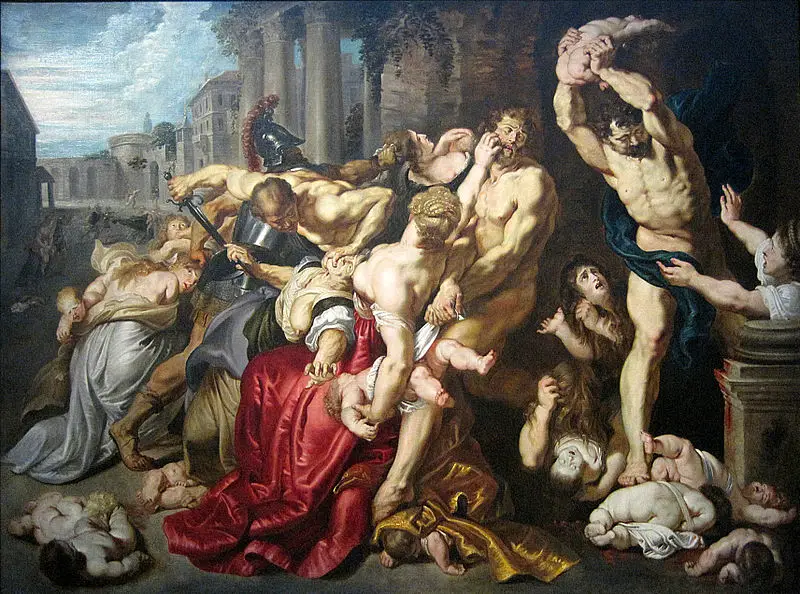 Today, many countries around the world celebrate the Feast of the Immaculate Conception. This feast day does not celebrate the immaculate conception of Jesus Christ, which is known as "the Virgin Birth", but instead celebrates the immaculate conception of his mother, the Virgin Mary, in the womb of her mother, St Anne. Mary's immaculate conception meant that she was conceived free of the taint of original sin, unlike other women.
Today, many countries around the world celebrate the Feast of the Immaculate Conception. This feast day does not celebrate the immaculate conception of Jesus Christ, which is known as "the Virgin Birth", but instead celebrates the immaculate conception of his mother, the Virgin Mary, in the womb of her mother, St Anne. Mary's immaculate conception meant that she was conceived free of the taint of original sin, unlike other women.
It dates back to as early as the 5th century when Eastern churches began celebrating the conception of the Blessed Virgin Mary. That is the origin of the feast, but the feast day as we know it today in the West dates back to around the 11th century.
On the 8th December 1854, Pope Pius IX wrote in “Ineffabilis Deus”, the Apostolic Constitution:
"We declare, pronounce, and define that the doctrine which holds that the most Blessed Virgin Mary, in the first instance of her conception, by a singular grace and privilege granted by Almighty God, in view of the merits of Jesus Christ, the Savior of the human race, was preserved free from all stain of original sin, is a doctrine revealed by God and therefore to be believed firmly and constantly by all the faithful."
This is not to say that the Virgin Mary was conceived by the power of the Holy Spirit, like her son, Jesus Christ, "The Immaculate Conception means that Mary, whose conception was brought about the normal way, was conceived without original sin or its stain—that’s what "immaculate" means: without stain. The essence of original sin consists in the deprivation of sanctifying grace, and its stain is a corrupt nature. Mary was preserved from these defects by God’s grace; from the first instant of her existence she was in the state of sanctifying grace and was free from the corrupt nature original sin brings."
Sources
Picture: The Holy Family with Saint Anne and Saint-Jeannet by El Greco, from Wikipedia.



Leave a Reply